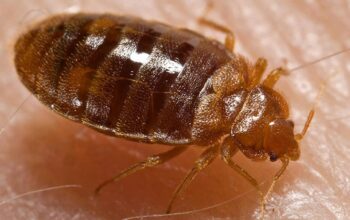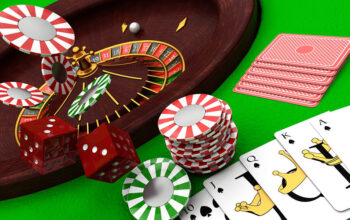Creating a safe and comfortable sleep environment for your baby is a top priority for parents. The choice of a baby bed is a crucial decision that influences your little one’s sleep quality and overall well-being.
In this article, we’ll explore the factors to consider when finding the perfect sleep space for your baby, emphasizing the importance of safety, comfort, and design.
Choosing the Right Type of Baby Bed
Crib
A crib is a classic choice for a baby bed and is designed to provide a secure and enclosed sleep space for infants. Look for cribs with adjustable mattress heights to accommodate your baby’s growth and prevent them from climbing out as they become more mobile. Ensure that the crib meets safety standards, with slats that are spaced appropriately to prevent entrapment.
Bassinet
Bassinets are a smaller, portable alternative to cribs and are ideal for the early months when your baby is a newborn. Bassinets offer the advantage of being close to your bed, making nighttime feeding and comforting more convenient. However, keep in mind that bassinets have weight limits and are suitable only for the first few months of your baby’s life.
Co-Sleeper
Co-sleepers are designed to attach to the side of the parents’ bed, allowing for proximity without sharing the same sleeping surface. This option is suitable for parents who prefer having their baby close by while still providing a separate sleep space. Co-sleepers often come with adjustable heights to align with the height of the adult bed.
Convertible Crib
A convertible crib offers long-term value as it can transform into a toddler bed and, in some cases, into a full-sized bed. This option allows the baby bed to adapt to your child’s changing needs as they grow. Look for a convertible crib with a sturdy construction and a design that suits your nursery decor.
Travel Crib
For families on the go, a travel crib provides a portable and familiar sleep space for your baby. These cribs are lightweight, easy to set up, and often come with a carrying case, making them convenient for travel or visits to grandparents’ homes. Check for travel cribs that meet safety standards and offer sufficient comfort for your baby.
Safety Considerations for Baby Beds
Crib Safety Standards
When selecting a crib, ensure that it meets the safety standards set by regulatory authorities. Look for certifications indicating that the crib has undergone rigorous testing for safety and durability.
Mattress Fit and Firmness
The mattress in the baby bed should fit snugly with no gaps around the edges. A firm mattress is recommended to reduce the risk of Sudden Infant Death Syndrome (SIDS). Soft bedding, including pillows and quilts, should be avoided in the sleep space during the first year of a baby’s life.
Slats Spacing
If you choose a crib, check the spacing between the slats. The slats should be no more than 2 3/8 inches apart to prevent the baby’s head from getting stuck. This spacing ensures proper ventilation and reduces the risk of entrapment.
Sturdy Construction
Regardless of the type of baby bed you choose, ensure that it has a sturdy construction. Check for smooth edges, secure hardware, and durable materials. Regularly inspect the bed for any signs of wear or damage, and promptly address any issues.
Comfort and Sleep Quality
Quality Mattress
Invest in a high-quality mattress that provides ample support and comfort for your baby. The mattress should fit the crib or bed snugly to prevent any gaps that could pose a safety risk. Look for mattresses with waterproof covers for easy cleaning.
Bedding Materials
Choose bedding materials made from breathable and hypoallergenic fabrics. Cotton is a popular choice for crib sheets and blankets as it is soft, durable, and easy to wash. Avoid heavy blankets, quilts, or pillows in the baby bed during the first year to reduce the risk of suffocation.
Temperature Regulation
Ensure that the baby’s sleep space is maintained at a comfortable temperature. Dress your baby in layers to easily adjust for changes in temperature, and avoid overheating. Use a sleep sack or wearable blanket as an alternative to loose bedding.
Designing a Nursery that Grows with Your Baby
Neutral Decor
Opt for a neutral color palette and timeless decor in the nursery. This allows you to easily update the room as your baby grows without having to make significant changes to the overall design. Neutral tones create a calm and soothing environment for sleep.
Convertible Furniture
Consider investing in convertible furniture, such as a crib that transforms into a toddler bed or a changing table that can later be used as a dresser. Convertible furniture adapts to the changing needs of your child and extends the life of your baby bed and other nursery items.
Personal Touches
Infuse the nursery with personal touches that reflect your style and create a warm atmosphere. Add wall art, soft lighting, and decorative elements that contribute to a cozy and inviting sleep space for your baby.
Conclusion
Finding the perfect baby bed involves considering safety, comfort, and design elements that align with your preferences and lifestyle. Whether you choose a crib, bassinet, co-sleeper, convertible crib, or travel crib, prioritize safety standards and create a sleep space that promotes healthy sleep habits for your little one.





